Optimal Timing for Water Treatments
Water treatments are most effective when scheduled during periods of low usage or before peak demand seasons. Typically, early spring and late fall are optimal times to perform treatments, ensuring water quality is maintained throughout the year. Proper timing can prevent issues such as buildup of minerals, algae growth, and bacterial contamination.
Perform water treatments in spring to prepare for increased usage during warmer months and prevent algae growth.
Conduct treatments in fall to address mineral buildup and ensure water quality before winter.
Scheduling treatments before peak seasons helps maintain optimal water conditions year-round.
After repairs or system upgrades, treatments restore water quality and system efficiency.

Advanced systems used for effective water purification.
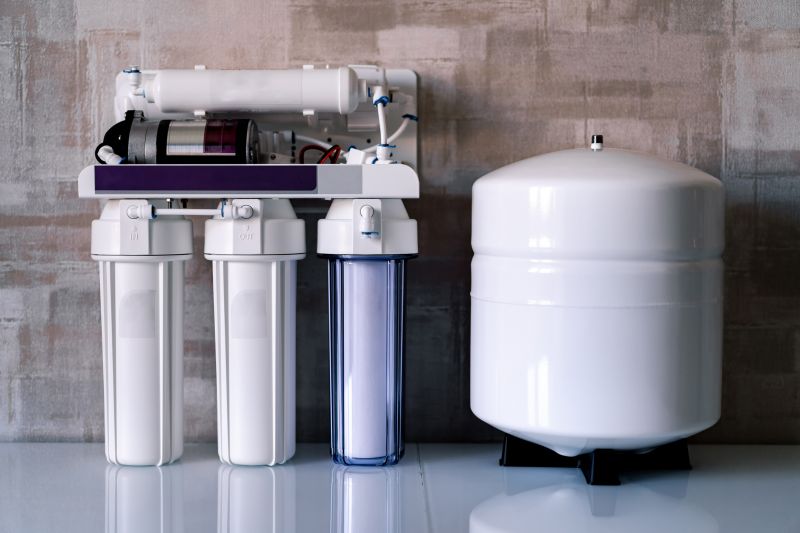
Regular testing ensures water quality standards are met.

Clean, treated water ready for use.
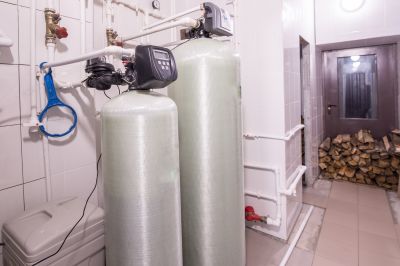
Ways to make Water Treatments work in tight or awkward layouts.
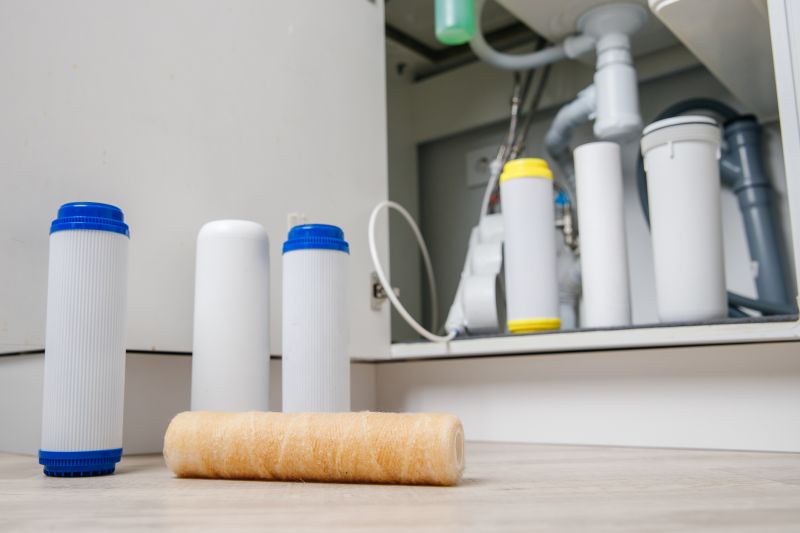
Popular materials for Water Treatments and why they hold up over time.
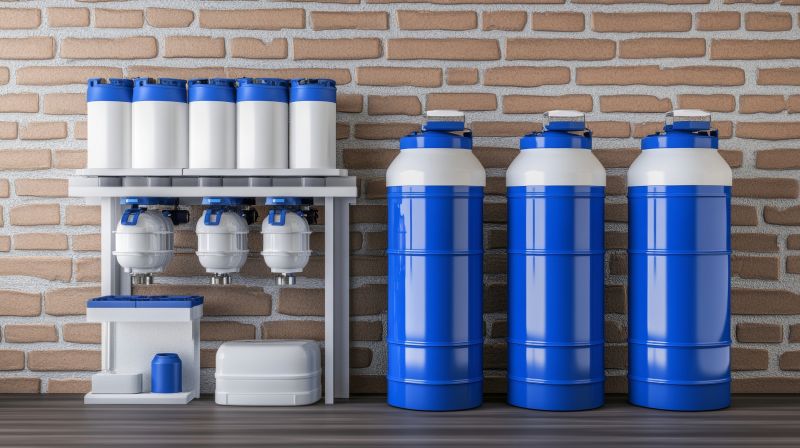
Simple add-ons that improve Water Treatments without blowing the budget.
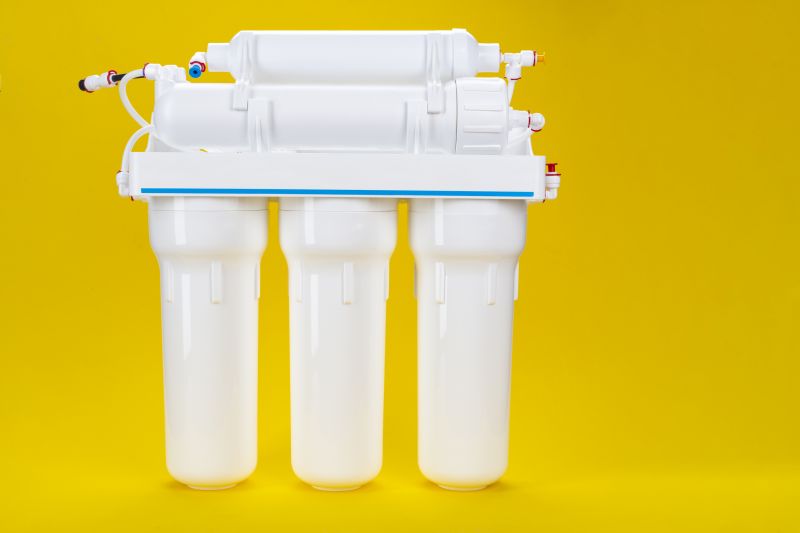
High-end options that actually feel worth it for Water Treatments.
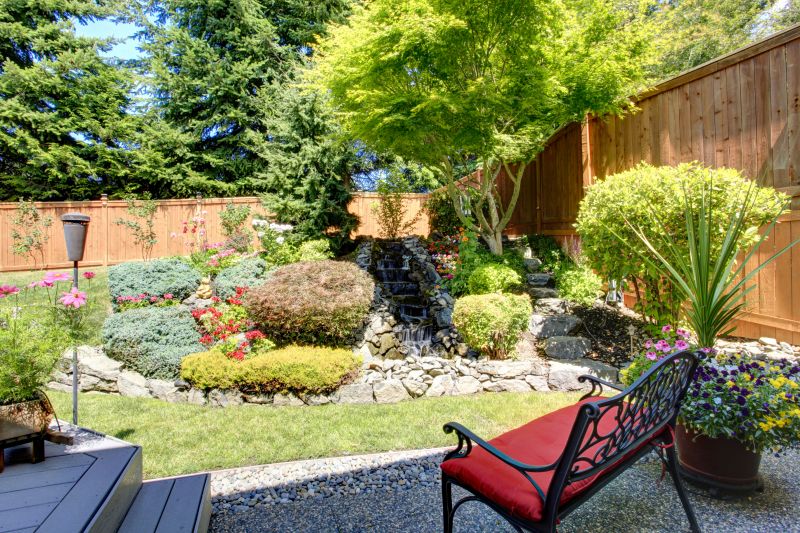
Finishes and colors that play nicely with Water Treatments.
| Timing Consideration | Recommended Actions |
|---|---|
| Spring | Prepare system for increased outdoor usage and prevent algae. |
| Fall | Address mineral buildup and prepare for colder months. |
| Pre-peak seasons | Schedule treatments to ensure water quality during high demand. |
| Post-repair | Restore water quality after system upgrades. |
| Routine intervals | Maintain water quality with regular treatments. |
| Before system shutdown | Prevent stagnation and bacterial growth. |
Water treatments are essential for maintaining water quality and system efficiency across various applications. They help remove contaminants, prevent scale formation, and control microbial growth. Properly timed treatments can extend the lifespan of equipment, improve water clarity, and reduce operational costs. Statistics show that regular water treatments can decrease maintenance expenses by up to 30% and improve water system performance significantly.
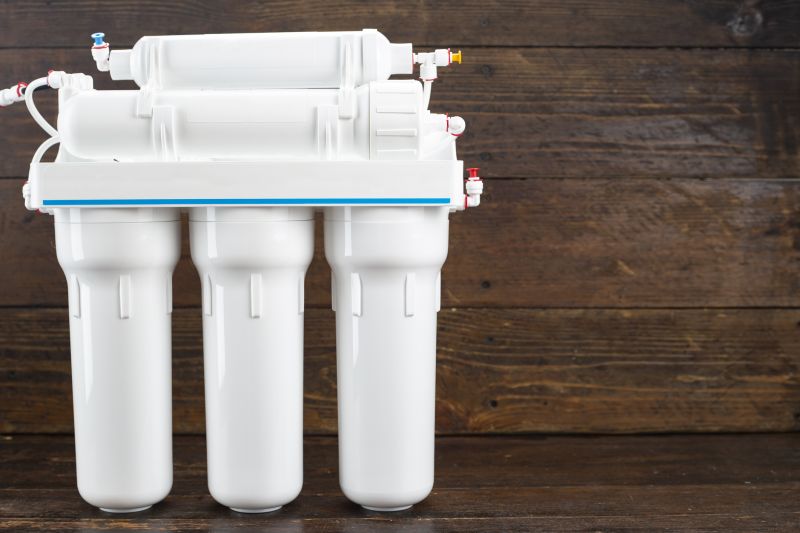
State-of-the-art systems for water treatment.
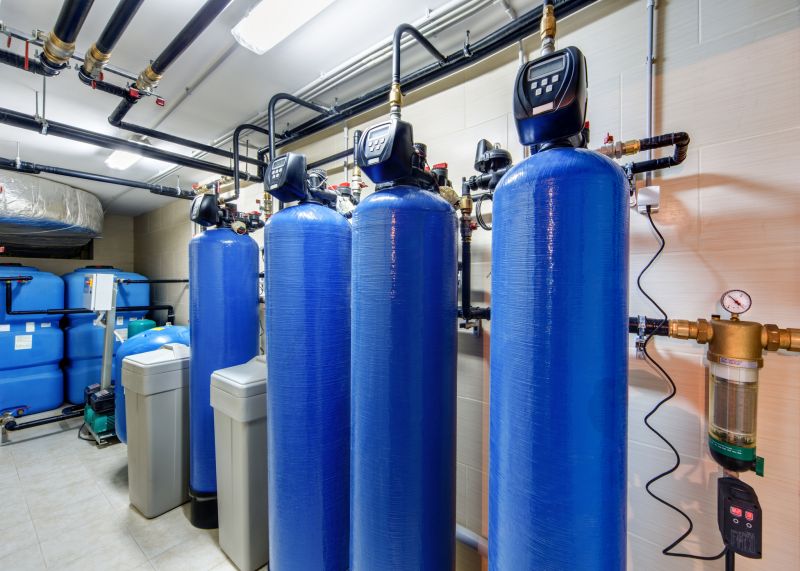
Use of chemicals to control microbial growth.
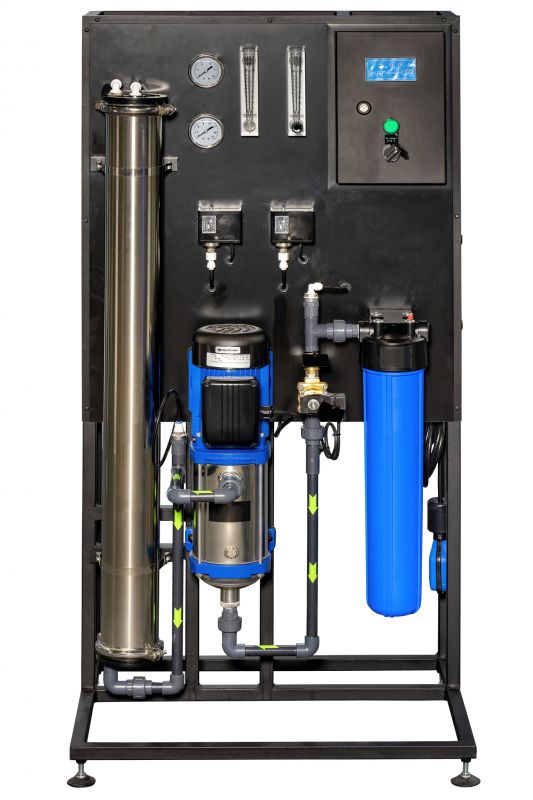
Facilities for precise water quality analysis.

Final treated water ready for use.

Little measurements that prevent headaches on Water Treatments day.

A 60-second routine that keeps Water Treatments looking new.

A frequent mistake in Water Treatments and how to dodge it.
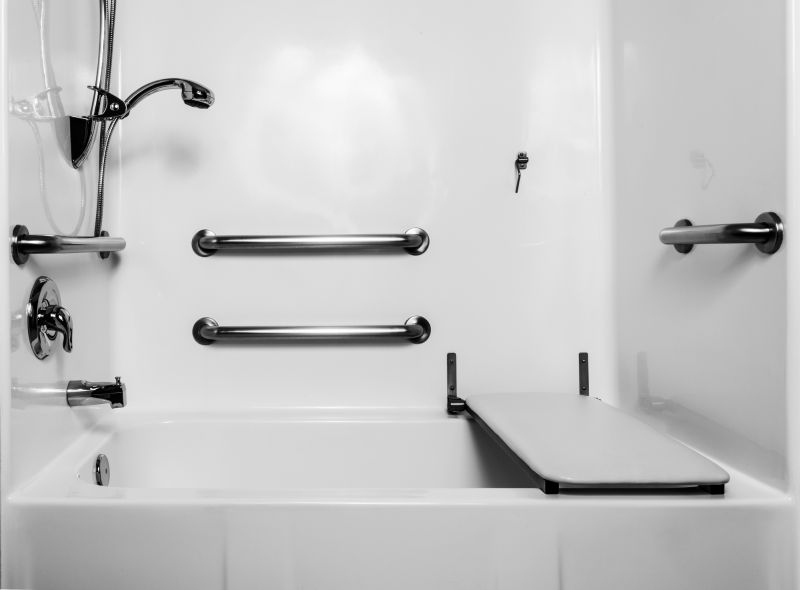
Small tweaks to make Water Treatments safer and easier to use.
Scheduling water treatments at appropriate times ensures the highest water quality and system efficiency. Regular maintenance, aligned with seasonal changes and system needs, helps prevent costly repairs and operational disruptions. For those interested in optimizing their water systems, filling out the contact form can provide tailored treatment schedules and solutions.
